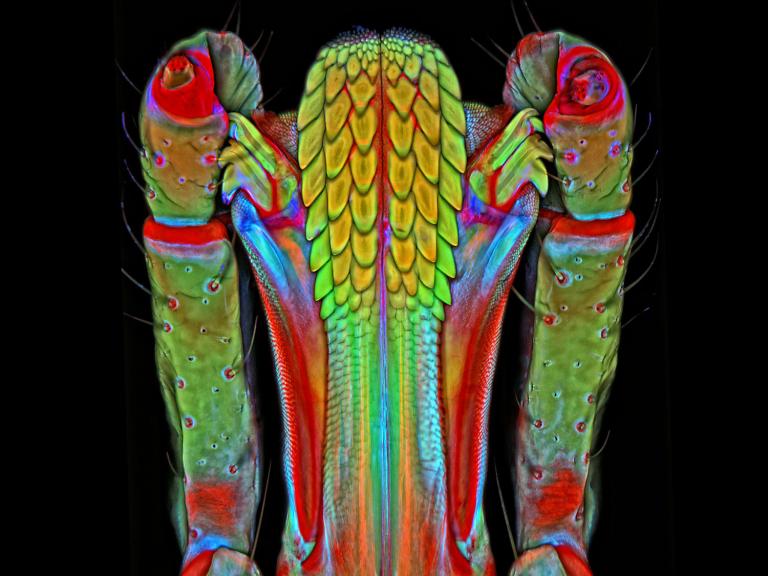The incidence of tickborne infections in the United States has risen significantly within the past decade. Due to this increase, it is becoming more important that public health officials and scientists improve their understanding of pathogenesis, design improved diagnostics, and develop preventive vaccines for tickborne illnesses.
Tickborne diseases are becoming a serious problem in this country as people increasingly build homes in formerly uninhabited wilderness areas where ticks and their animal hosts live. Tickborne diseases can be caused by viruses, bacteria, or parasites. Most people become infected through tick bites during the spring and summer months.
Scientists are searching for better ways to diagnose, treat, and prevent tickborne diseases. They are also looking for ways to control the tick populations that transmit microbes.

NIH Strategic Plan for Tickborne Disease Research
Tickborne disease is increasing in the United States and is expected to continue to grow as tick species expand their geographical reach and new tick-transmitted viruses, bacteria and parasites emerge. The NIH Strategic Plan for Tickborne Disease Research details five scientific priorities for advancing research and development in this area.
News Releases
NIAID Now Blog
Funded Research News
Related Public Health and Government Information
To learn about risk factors for tickborne diseases and current prevention and treatment strategies visit the MedlinePlus tick bite site.


